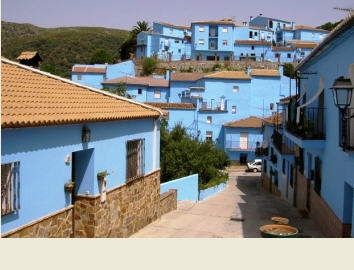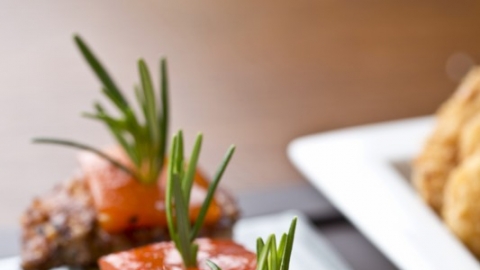Churros are commonly known as Spanish donuts. Legend has it that this dish originated from shepherds. In ancient times, because of the conditions of grazing animals in the highlands, fresh bread was not always available. To replace fresh bread, a fried dough cake, extremely simple and easy to make, was born to serve the needs of the people here. In fact, there exists a breed of sheep called “Navajo-Churro”, which originated from the Churra sheep of the Iberian Peninsula. The donuts are shaped like the horns of sheep.
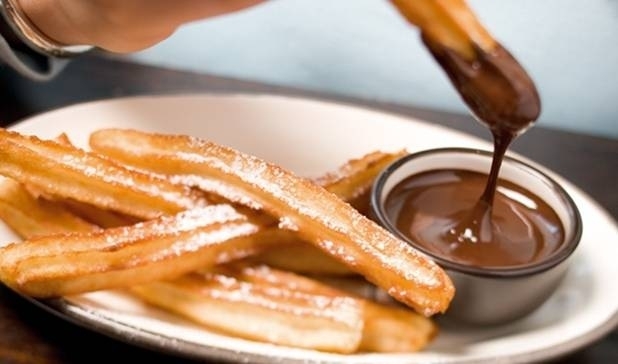
There is also another theory, that Portuguese sailors brought new recipes from Ming Dynasty Chinese cuisine to Europe, including the technique of kneading youtiao (also known as youzagwei in Southern China). However, because it was a crime to share knowledge with foreigners, instead of continuously pulling the dough like the Chinese, in Europe they used serrated cream nozzles to squeeze it out.
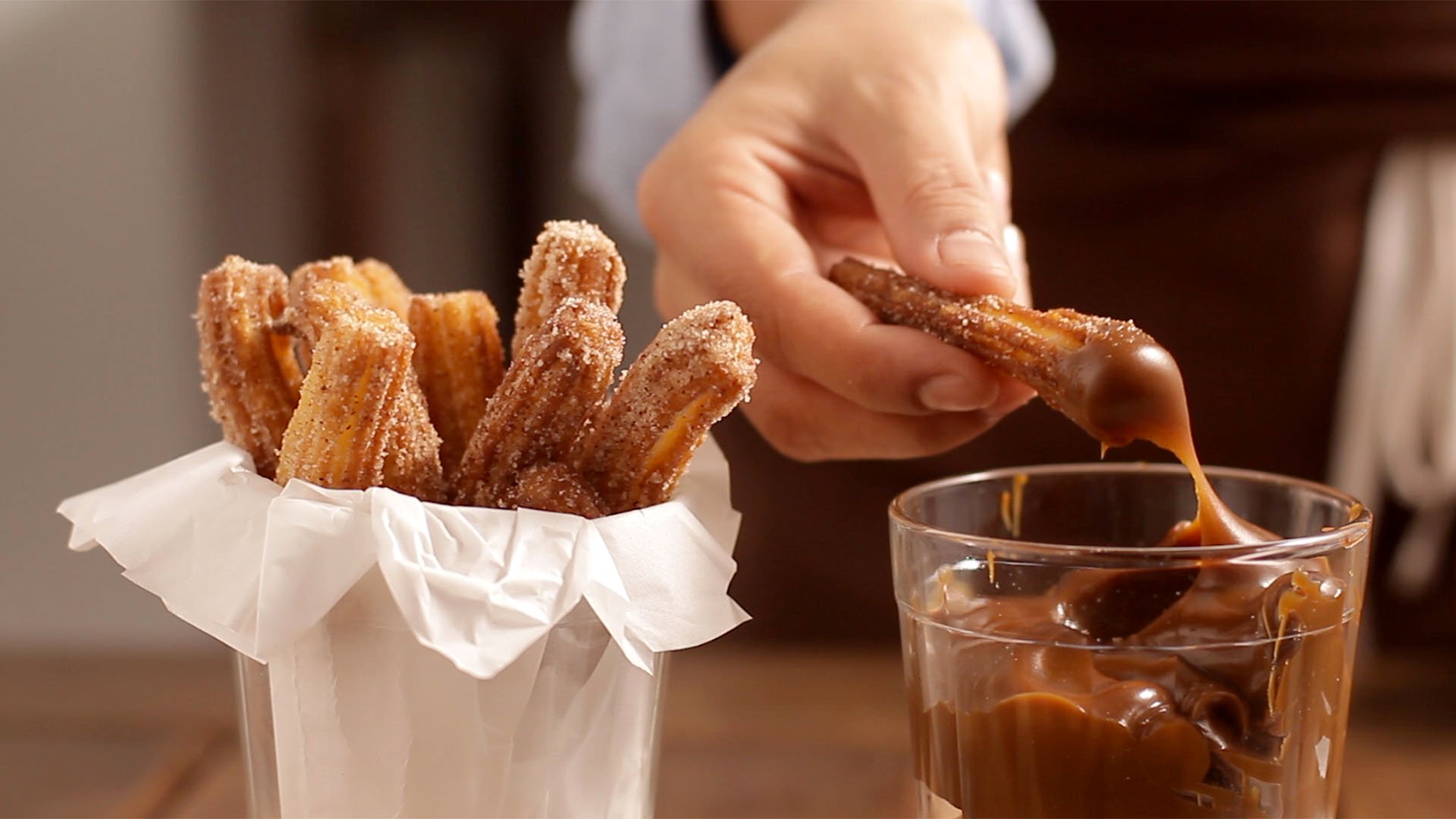
Traditional churros are long, thin cylinders that are deep-fried until golden brown and crispy. They are then topped with a dusting of cinnamon sugar. There are two types of churros in Spain: thin (sometimes knotted) and long, thick (porra). Both are often eaten for breakfast, dipped in hot chocolate or café con leche.

Nowadays, there are many variations of churros, still covered with sugar and cinnamon powder, but the dough can be Oreo, pumpkin, ... the dipping sauce can be caramel, cheese, white chocolate, ... depending on each person's taste.

Almond covered churros

Churros with ice cream

Pumpkin churros
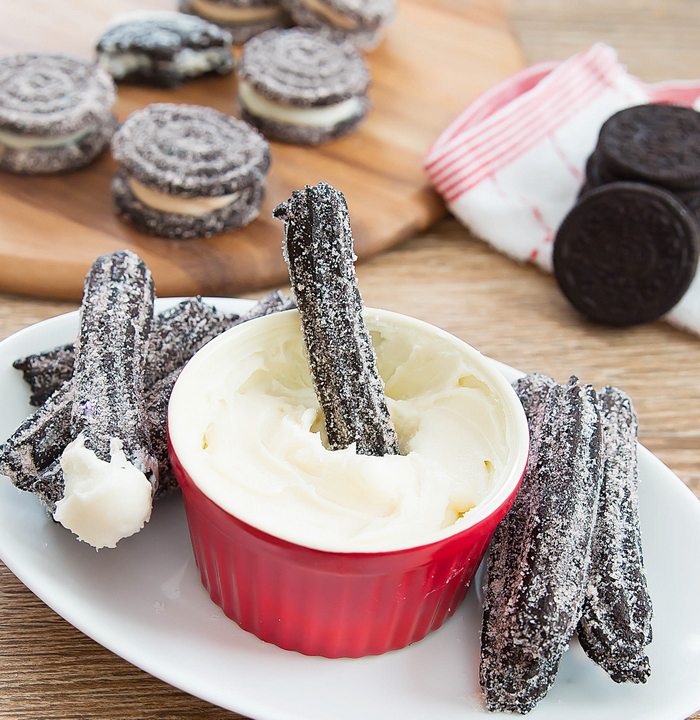
Oreo churros with ice cream





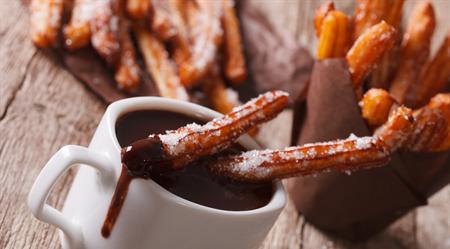










.jpg.jpg)







